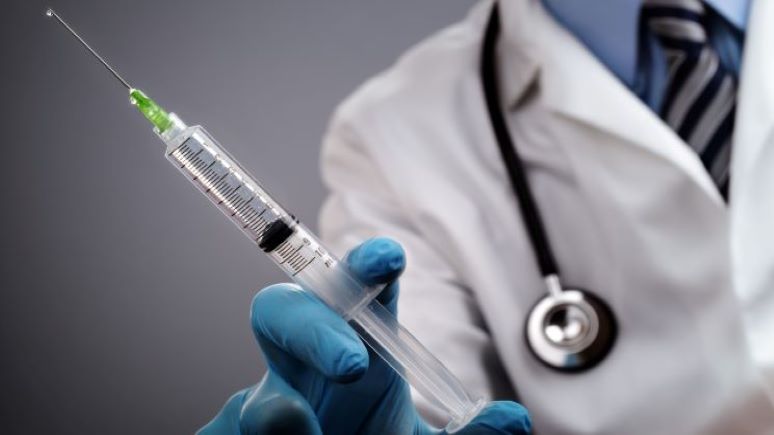Arthritis in hands treatment
A diagnosis of arthritis doesn’t mean you will have continual pain or will have to stop doing all the activities you enjoy. Instead, early treatment can help relieve the symptoms and help you continue living a full and healthy life.
Nonsurgical treatment
Treatment for arthritis of the hand sometimes includes splinting, medication, injections, or surgery. It usually depends on the following factors:
- The progression or severity of arthritis: how far it has progressed
- How extensive the arthritis is: how many joints have been affected
- The patient’s other medical problems, age, and level of activity
- Which hand is affected: the non-dominant or the dominant hand
- The patient’s wishes, their level of support, and their ability to follow the treatment program
Arthritis in hands medications
Medications are available to treat symptoms of arthritis in the hands, but none can reverse damage to the joints or restore cartilage. Anti-inflammatory medications are the most commonly recommended medications for arthritic conditions. These inhibit the body’s production of substances that cause inflammation in the joints. Some examples of these types of drugs are ibuprofen and naproxen. Acetaminophen is an analgesic, but it is not an anti-inflammatory medication.
Chondroitin and glucosamine are “nutraceuticals” or dietary supplements that are advertised to help people with arthritis. These are not drugs, but they are compounds that can cause interactions with other medications. Doctors of veterinary medicine have used nutraceuticals to treat dogs who have arthritis. Still, they have not been studied for human subjects with hand and wrist arthritis. Always check with your doctor before taking any medicine or supplement that has not been prescribed.
Arthritis in hands injections
Injections for arthritis are sometimes used to treat arthritis if oral anti-inflammatory medications are not effective or are contraindicated. Injections often contain a corticosteroid and may provide relief from arthritic pain for several weeks or months. However, the use of injections containing steroids is limited due to the potential side effects that these powerful anti-inflammatory agents may cause. For example, among other adverse side effects, they can cause weakness in the ligaments and tendons, leading to further joint problems.
Arthritis in hands splinting
Doctors usually administer injections along with splinting of the arthritic joint, which allows it to rest and helps to support it. Typically, splints are worn in cases of joint pain to enable the hand to be used. However, the use of splints should be limited as this can lead to the deterioration of the muscles. Muscles help to stabilize the joints damaged by arthritis, so you should avoid muscle weakening.
Surgical treatment
If conservative treatment is ineffective in relieving the pain of arthritis, the doctor may recommend surgery. Several surgical options are available, but the goal of surgery should be to provide pain relief over the long term and restore the functioning of the joints. Surgery should be suited to the patient’s needs.
- Joint fusion: These procedures eliminate pain, but they also eliminate movement in the joint that is fused. Since the joint does not move, the damaged ends of the joint are gone. As a result, it no longer hurts.
- Joint replacement: This procedure eliminates pain and restores function. Like knee and hip replacement surgeries, the replacement parts are made of long-wearing materials to improve the function and longevity of the joint. Most major joints of the wrist and hand can be replaced, but not all surgeons are skilled in these procedures, and the long-term results of these operations are still unknown.
Rehabilitation after surgery
Following any kind of joint surgery, there is a period of rehabilitation. Often, the doctor makes a referral to a specialized hand therapist. It can help maximize a patient’s recovery. In addition, patients may be required to wear a cast or a splint for a few weeks following surgery to help protect the surgical joints as they heal.
During rehabilitation, the person may need to modify activities, so the joint reconstruction heals properly. Most often, pain medication is prescribed to help with post-operative pain.
Recovery time varies and is dependent on the type of surgery performed and also on individual circumstances. Generally, most patients return to most of their normal activities within about three months after joint reconstruction surgery.
















Leave a Reply
You must be logged in to post a comment.